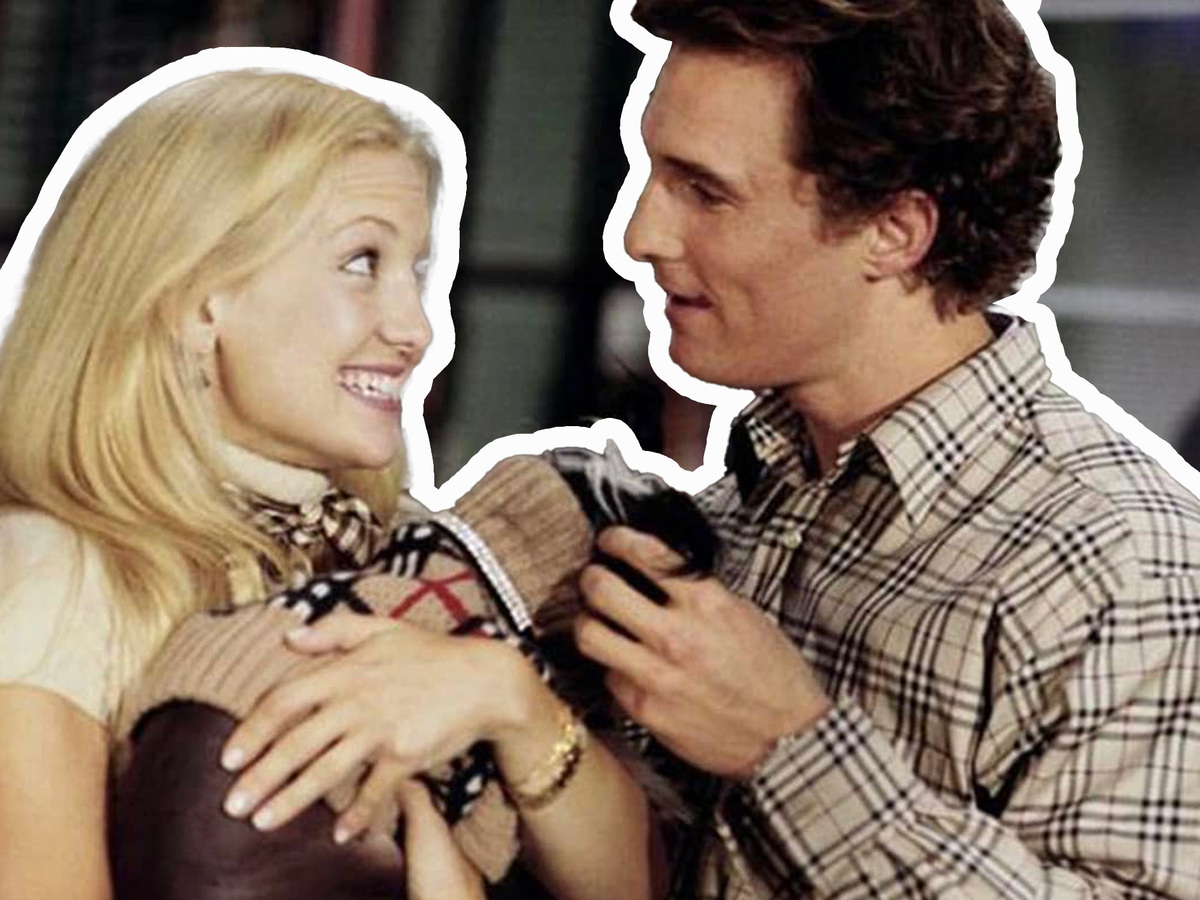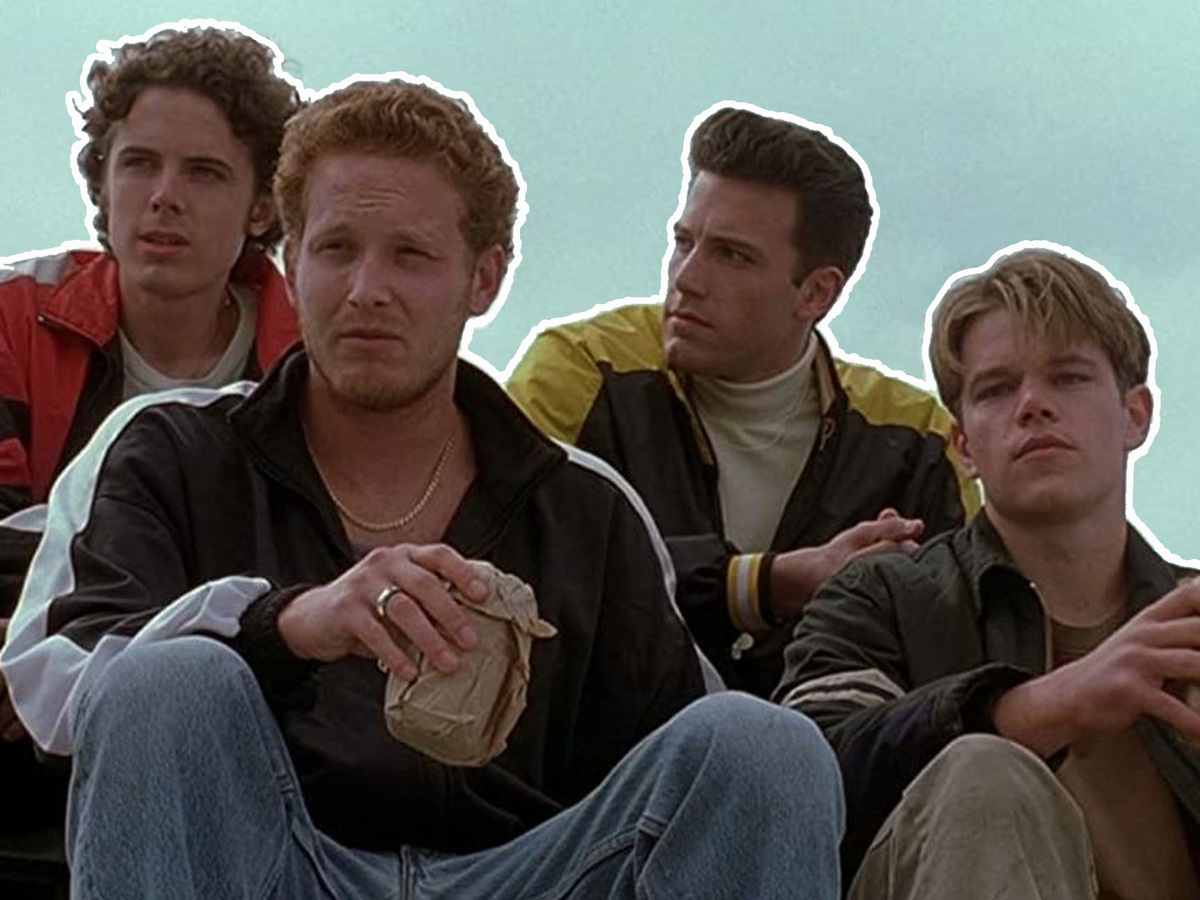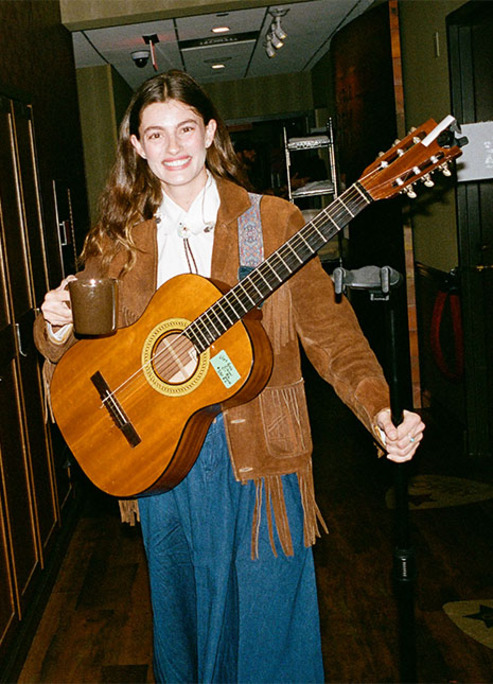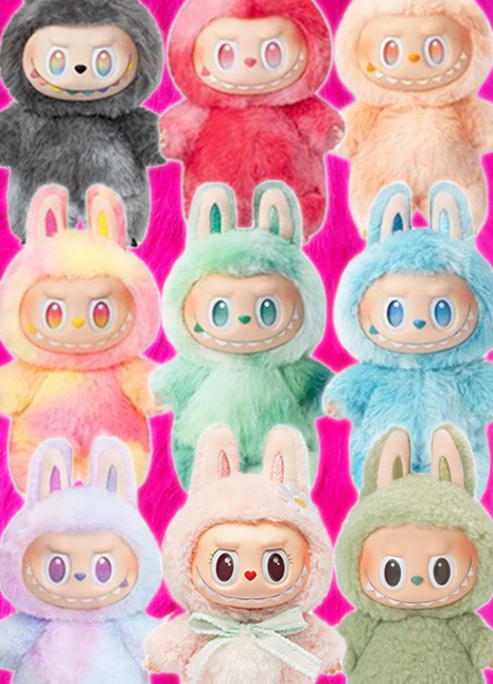Cinema Chic: The Iconic Fashion and Beauty Moments We Can’t Stop Talking About!
From screen to style—iconic looks we love!
After leaving the movie theater, our conversations always begin with, “What did you think of the movie? Who was your favorite character?” It’s less of a question and more of a statement: “I loved her dress!” or “I need to know if those sneakers are still being made!” It’s not just about the costumes—the choices made in the makeup chair are just as essential in enhancing each character's style.
Let’s revisit a few of these iconic looks, their lasting impact, and how the glitz and glamour of New York (or lack thereof) shape our perception of the characters and their stories.
The Transformative Power of Beauty and Fashion in How to Lose a Guy in 10 Days

A fan favorite, and sadly a recent watch for me, is How to Lose a Guy in Ten Days. Kate Hudson doesn’t need to try hard to capture the audience’s attention in her role as Andie Anderson. With her beautiful blonde hair and fair complexion, she easily turns heads. Ronnie Specter’s minimal makeup looks are subtly altered throughout the story to reflect Andie’s character arc.
Makeup as a Reflection of Character Growth
Early in the film, her fresh-faced, cool girl look, complete with a light red lip tint and subtly defined brown-lined eyes, showcases the real Andie. However, as the plot develops and Andie shifts her efforts to push Ben, her handsome on-screen knight in shining armor, away, the color palette transitions to pastels. This shift in appearance gives us a ditsy, infatuated Andie, perhaps playing into the ‘dumb blonde’ or ‘boyfriend-obsessed’ trope.
The Role of Hair in Storytelling
Not only does her beauty evolve, but there’s also a hairstyle change. While she stays blonde throughout the movie (a given for Hudson), Andie’s blossoming relationship with Ben comes with a sense of comfort—portrayed through her shift to wearing her natural curls. As it seems to be a universal experience for many women, sometimes there’s nothing better than a freshly straightened head of hair. It’s sleek, attractive, and easy to maintain. However, from an audience perspective, it’s endearing to see Andie embrace her natural waves while in the good company of Ben.
The Iconic Yellow Dress
The fashion in this movie also deserves attention, as it embodies the timeless glamour of New York. Two words: yellow dress. The stunning yellow satin gown with a low back is the epitome of elegance, perfect for any special occasion. While the original is notoriously hard to find, websites like Revolve and Beginning Boutique offer dupes of the iconic look—though they may not be ideal for those on a budget!
Understated Style: Simplicity in Good Will Hunting

Having explored some classic feminine choices, let’s now turn to the simpler side of the city’s cinema, where understated costumes have played a crucial role in storytelling. A personal favorite of mine, Good Will Hunting, features Robin Williams’ iconic monologue to Will (Matt Damon) on a park bench in the Boston Public Garden. Yet, the serene setting wouldn’t be complete without the simple yet meaningful costume choices for both characters.
Costumes as a Reflection of Social Class
Williams wears a wing-collared short-sleeve shirt paired with an earthy-toned cardigan, evoking the style of the 1970s. In this scene, he also sports a stone-colored baseball cap, which later connects to his character's love of baseball as he shares how he met his wife. Costume designer Beatrix Aruna Pasztor thoughtfully built on these story elements, using costumes to bring the film’s authenticity to life.
Moving away from New York's cosmopolitan vibe, Chuckie (Ben Affleck) and Will’s clothing suggests they belong to a working-class social group. Their everyday attire consists of nylon jackets and cotton t-shirts—essentially, anything sporty. This contrasts sharply with the upper-class characters, who are dressed in freshly ironed shirts and V-neck wool sweaters.
Additionally, Chuckie’s hairstyle serves as a nod to the 1970s American look. His vertical quiff, likely styled with pomade, captures the era’s distinct vibe. While not as meticulously polished as Elvis’ iconic style, there’s no doubt that some product is keeping it in place.
The Sharp Suit Aesthetic in Goodfellas
A final New York classic: Goodfellas. Richard Bruno was the designer for the film, bringing his distinct American perspective to the production. Having frequently collaborated with Martin Scorsese and Robert De Niro, there’s no doubt that Bruno had a hand in the creative direction of the film. As the story chronicles the rise and fall of Mafia associate Henry Hill, there was only one fitting costume choice. Much like Men in Black, Goodfellas has its own memorable costume that aligns with the plot and its New York setting.
The Influence of Armani and Classic Menswear

Drawing inspiration from the 1950s and Bruno’s admiration for Armani, it was his choice to feature this iconic label. The striking suit perfectly reflects the criminal life chosen by the main character, as well as the broader financial world that defines New York. The film seeks to convey a professional image among the men, and it succeeds through the sharp, tailored look. Notably, the large spear-point collars were custom-designed by Geneva Custom Shirts. These collars, which leave no room for a tie, help establish a distinctive, memorable style that defines the film.
Final Thoughts
From the glamorous female beauty and criminal attire to the more relatable upper- and lower-class outfits of 1970s New Yorkers, the fashion and beauty choices play a key role in making these characters unforgettable.











